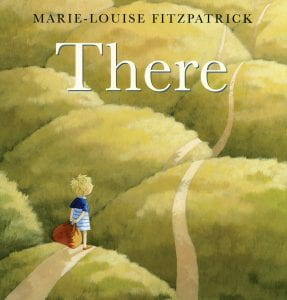“The Boy Who Harnessed the Wind” by William Kamkawmba and Bryan Mealer, Illustrated by Elizabeth Zunon. The book should be for ages 6-8 because the book is very simple and the book said so. The book is about how a boy named Malawi and his family had a farm but because there was no rain they started to starve and become poor. When the boy went to the library he discovered what a wind turbine can do. So he built one out of trash and it could generate light and later he also made one that pulled water from a well nearby. The first connection I can make is a text to text connection to the book called “Adrift”. In the book Adrift, the group had to use all they had to build a fresh water generator. So they all built something. The second connection is a text to media connection with the movie “Hugo”. In the movie Hugo, Hugo had to fix a robot that was left by his father. Once again the book and the movie were similar because they all built or fixed something. I didn’t like the book because it was too simple and boring. If you can try reading the novel or watch the movie but this book is very boring.









